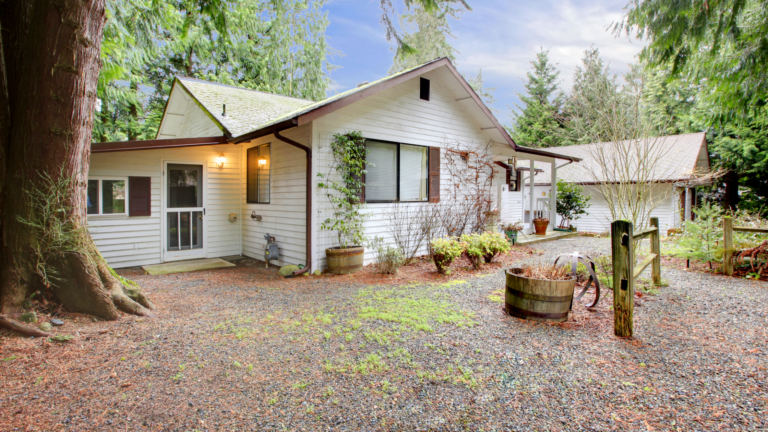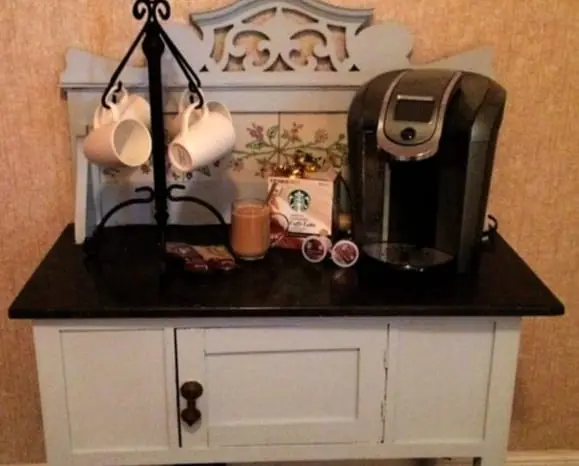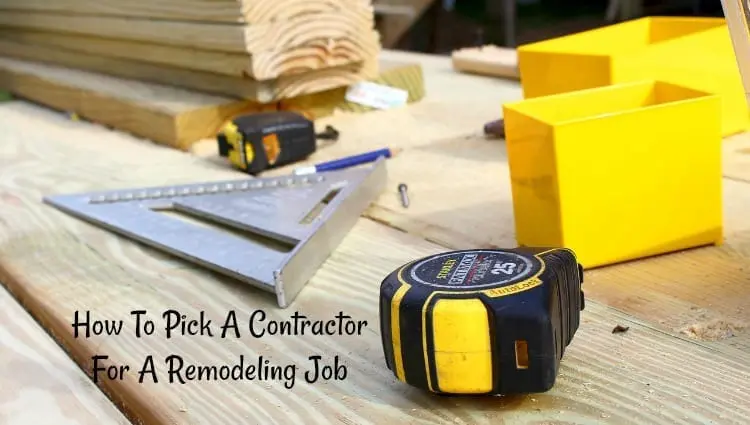Types of Basement Flooring

Different homeowners may use their basements for different purposes. Regardless of whether you wish to use your basement as a living space or storage area, it is important that you make sure it has the right kind of flooring. The right basement flooring does not only make your basement more comfortable and aesthetically pleasing; it can also improve insulation and help you save on energy bills. If you need some basement flooring ideas, it is a good idea to learn about the various types of basement flooring that are available. To help you save money, you can check this resource page for key elements such as flooring and wall options.
Carpeting
Carpeting is one of the most preferred types of basement flooring, because it is comfortable to stand or walk on, and it can prevent slipping. Additionally, it can provide warmth and reduce noise. If you want to turn your basement into an entertainment room, bedroom, or home office, carpeting is a good choice of flooring for you. Low-pile carpeting has a higher resistance to wear and tear than shag-like or cut-looped carpeting, and it is usually less expensive. Deep-pile carpeting is costlier and more difficult to clean and maintain, but it is very comfortable and provides better soundproofing. However, installing carpet flooring may not be the best option if there is a lot of moisture in your basement. Then again, you can prevent moisture from seeping into the carpet by placing moisture-resistant pads under it. Click here to find out how to choose the right carpet for your basement.
Vinyl
Vinyl is a good choice of flooring for a basement because it is moisture-proof, maintenance-free, and highly durable. It can either come in the form of sheet vinyl or vinyl tile, and it is available in a wide range of colors and designs. High-quality vinyl flooring is usually thicker, and it may have a textured surface. It is relatively easy to install vinyl flooring, and you can purchase self-sticking vinyl tiles if you plan to do the installation yourself.
Ceramic Tile
Ceramic tiles can last for a very long time if they are properly installed and maintained. If you have a serious condensation problem in your basement, you should avoid purchasing ceramic tiles that can become slippery when they are wet. Instead, opt for glazed ceramic tiles that have an anti-slip finish.
Engineered Wood
Unlike solid woods, engineered woods are not susceptible to warping or cracking due to changes in temperature and humidity. They can make your basement look more attractive and cozier, and they are relatively warm underfoot. Engineered wood flooring comes in the form of planks, which are installed either by gluing them to the floor or “floating” them over a sheet of thin foam.
Laminate Flooring
Laminate flooring is somewhat similar to engineered wood flooring, but it has a layer of film that is covered with a plastic resin on top. It resembles the appearance of wood, ceramic tile, and stone. Its core layers are dimensionally stable, and they can come in the form of planks or tiles. Vinyl planks or tiles are installed by snapping them together and placing them on a foam pad over the concrete floor.
Since basement flooring is a permanent feature in your home, it is worthwhile to invest in high-quality flooring materials. A well-remodeled basement can increase the value of your home. Click here for more information about basement flooring.









